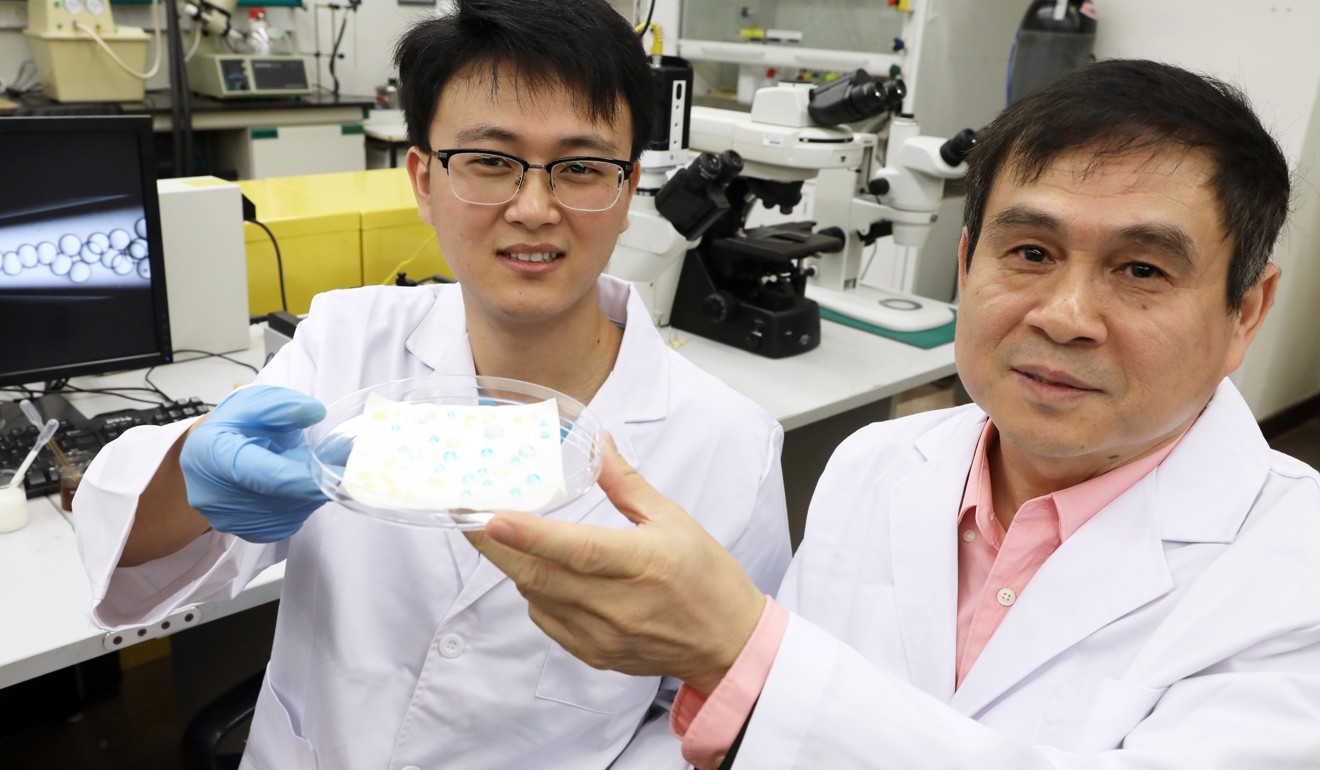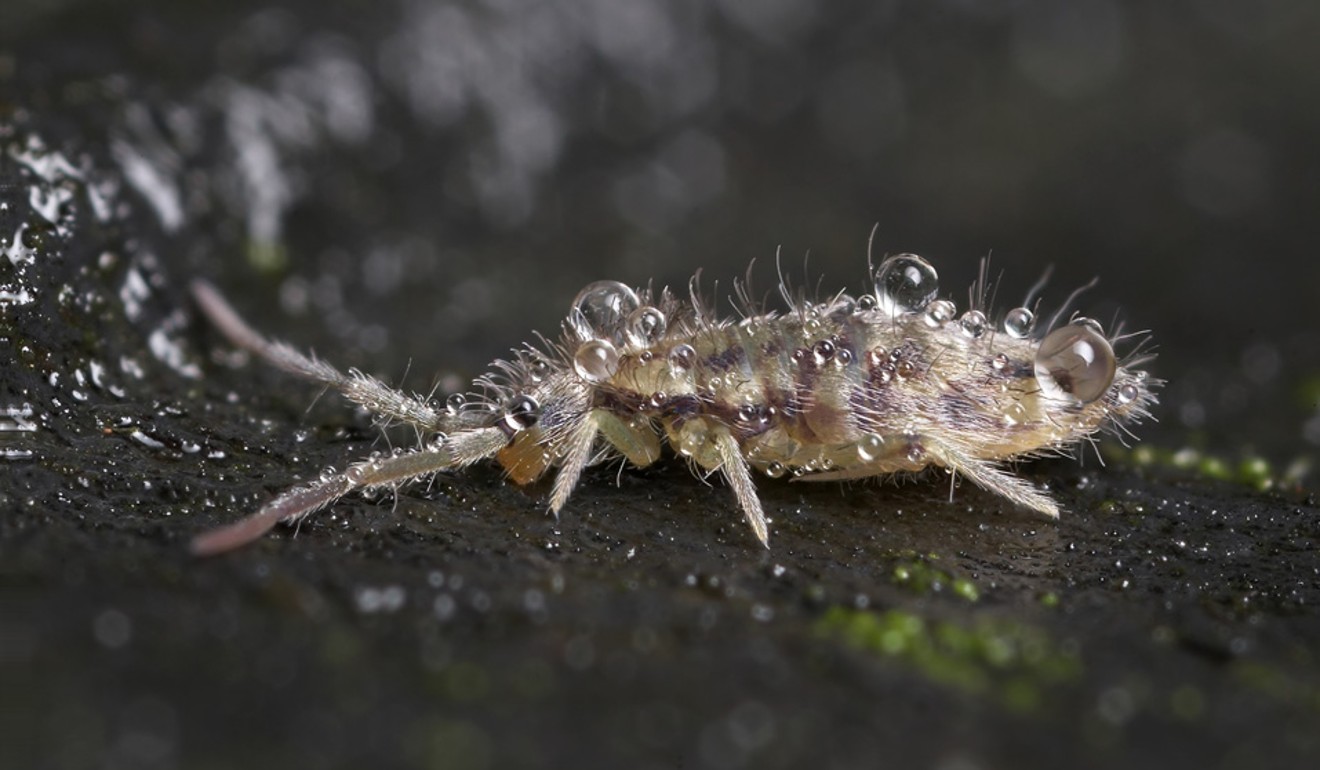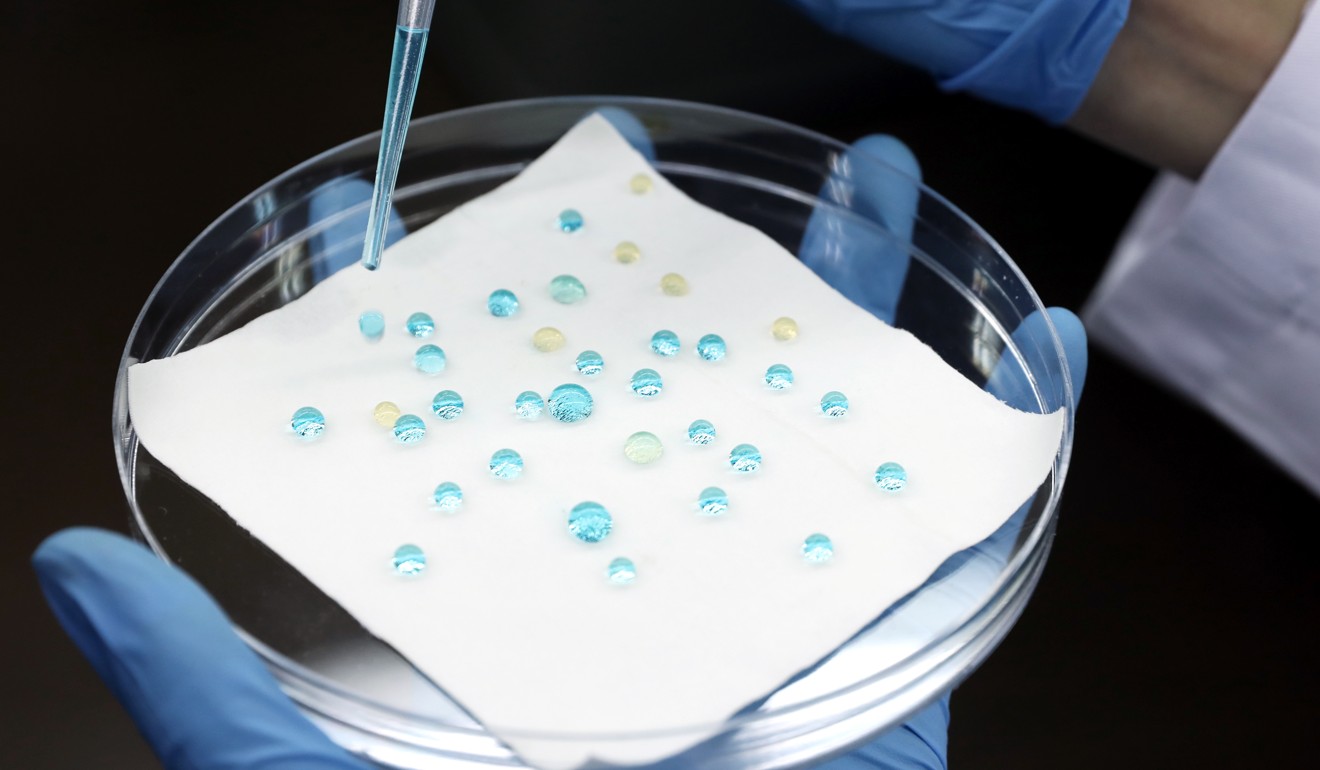
No more laundry: how a bug inspired Hong Kong engineers to invent clothes you never have to wash
New material that can repel ‘water, oil and everything in between’ works much like the porous cuticles of a tiny soil-dwelling insect
Thanks to Hong Kong engineers you may soon be able to wash your hands of laundry forever – and it was all inspired by a tiny insect.
Researchers from the University of Hong Kong have engineered a new material that can repel “water, oil and everything in between”, while also being durable and cheap to mass produce.
The material works like a membrane surface made up of a patchwork of interconnected “micro- cavities”, much like the porous cuticles of the springtail, a tiny soil-dwelling insect. The springtail breathes through microscopic holes in its body.
“Nature is very clever. It invented [this for us],” research team leader Professor Wang Liqiu, from HKU’s mechanical engineering department, said.

Few fabrics or finishes on the market could achieve such properties, and even if they did, were often derived from chemical processes which pollute and are expensive, Wang said. “Our material uses only a physical process to modify the structure of the surface.”
Researchers said the material, costing about HK$1 per square metre, is much cheaper than commercially available products such as polytetrafluoroethylene (PTFE) water-repellent film.
Superbug breakthrough by HKU researchers in fight against drug-resistant bacteria
The research findings were published earlier this year in the scientific journal Nature Communications and a patent is now pending approval.
The membrane is first created by coating an existing surface, for example, glass, with an emulsion of “micro-fluid” – droplets of water or oil containing polyvinyl alcohol (PVA) – which are then left to evaporate naturally, leaving behind a residue of solidified PVA.

Once the residue is washed off, tiny micro-cavities are retained that keep liquid from making contact with the surface.
“I can foresee wider applications in many different areas,” Wang said. “One important area is in textiles. By keeping liquids off fabric, it reduces the cost of laundry or even abandons the need [to wash clothes] altogether.”

Dr Zhu Pingan, one of the researchers on the team, said that apart from textiles, the coating could also be applied to the surfaces of cars, ships, planes and even naval submarines to reduce friction between the vessel bodies and the air or water, improving speed and fuel efficiency.
Wang said at least one German kitchenware company had expressed interest in the technology.
“Right now, we are calling it ‘liquid-repellent surface’. Hopefully we’ll have a sexier name for it soon,” he joked.

